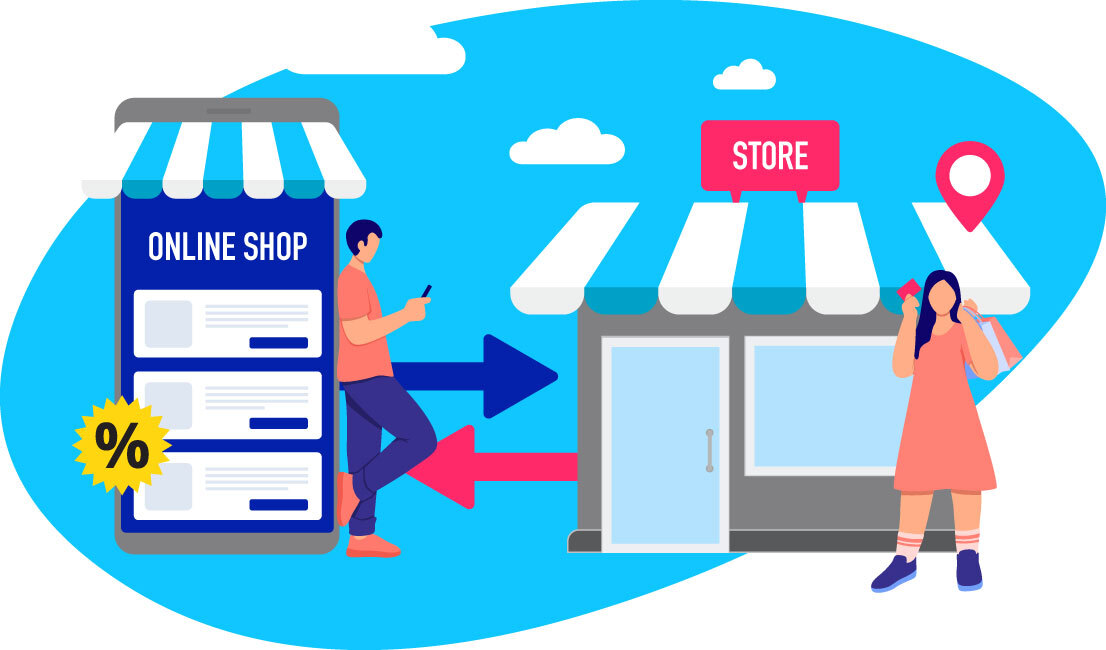3 min read
Customers are inundated with more choices than ever, while the convenience of digital makes it easy for them to switch to competing services through the web or mobile apps. As businesses come under pressure to gain new customers and retain existing ones in this fluid digital economy, many see improving customer experience as the key to coming out ahead. In order to do so, they need to understand their customers a lot better.
Understanding customers better
Defined as the sum of interaction between an organization and a customer, the customer experience isn’t solely determined by capabilities or pricing, but by consistently addressing what matters most to customers. For instance, a frequent guest disgruntled about a slow hotel check-in is likely to leave with a negative experience despite the hotel’s top-notch pool and gym. Yet a fellow traveler with family in tow may retain fond memories after being offered a complimentary bed for his young children to sleep in, even after that same slow check-in.
Over time, the sum of their experiences accrues to a tipping point that can result in one of them leaving for a competing hotel – or staying on as a highly loyal customer. Delivering exceptional customer experience therefore boils down to achieving a deep understanding of what individual customers want and delivering it.
But while the barista at the coffee shop around the corner can be expected to remember a regular’s preference and greet him or her by name, this isn’t scalable for most businesses. The only realistic way for brands to understand their customers better is to analyse customer records and transaction data for insights about individual preferences and general trends. They can leverage these insights to better tune existing services, develop new capabilities, or to create customised promotions that cater to individual customers.
Unfortunately, obtaining a unified view of customer behaviour is a challenge that most organizations struggle to overcome, and the multiple channels through which consumers communicate with brands today further complicate attempts to correlate them.
The power of AI
This is where artificial intelligence (AI) comes in. With the ability to tirelessly and accurately analyze huge volumes of data, AI can help businesses gain a competitive advantage by giving them insights they would not otherwise have. With AI, organizations can move away from a “gut-driven” marketing approach, where a marketer or product manager rely on their instincts, towards a data-driven strategy.
By cross-referencing customer data from a multitude of sources, AI can help build a highly accurate model of your customer base and determine the best ways to reach them.
AI can even take it a step further with predictive insights into the future behavior of your customers. One of the most exciting tools available today to marketers is predictive audience segmentation powered by AI. As part of the larger category of predictive analytics, predictive audience segmentation has the power to help companies identify a target audience with the highest potential for conversion to a sale or click or install, whatever your KPIs (key performance indicators) are.
The most advanced predictive audience segmentation tools look at behavioural patterns, collected from customer databases as well as from the internet, and combine them with demographic data to identify trends to single out the most promising leads. It goes even further in segmenting customers. It analyzes data to make recommendations that help you find and grow your target audience.
Commonwealth Magazine, a leading media group in Taiwan, used the predictive audience segmentation capabilities in Appier’s Aixon platform to discover new customers, increasing subscribers and purchases on their website by over 400 per cent.
A data-driven world
There is no question that AI is a vital technology for our data-driven economy. Many traditional marketing promotions are either conceived from past assumptions that are no longer be valid, or which cannot be scaled due to an over-dependence on experienced employees. On the other hand, the judicious use of AI can reveal pertinent insights that can be leveraged to craft more relevant promotions.
Of course, it is important to note that AI is not magic and cannot be expected to solve every business problem. There is also a structured process that that must be adhered to for successful AI application, starting from the gathering of the requisite data. Yet there is also no question that properly implemented, AI with its ability to deliver tireless analysis is a crucial building block to drive innovation and deliver tangible benefits to businesses.



